
Another computer guru has left us!
Joel Moses, a professor in MIT’s Department of Computer Science and Electrical Engineering and a renowned computer scientist, died after a long battle with Alzheimer’s and Parkinson’s diseases. Died on May 29 at the age of 80.

Moses is a professor in the Department of Computer Science and Electrical Engineering and the former Division of Engineering Systems, where during his distinguished career he served as associate department chair, department chair, School of Engineering Changhe is the Provost of MIT, AAAS Fellow, ACM Fellow, and IEEE Fellow.
In a letter to the MIT community today, MIT President Rafael Reif wrote: “Our community will be forever grateful to Joel for his vision, dedication, and citizenship, and I will forever be. Thanks to his ingenuity and beautiful heart."
As a researcher, Moses is best known for his development of the Macsyma system in the late 1960s, one of the first systems to operate One of the computer systems for complex mathematical expressions, such as those in algebra or calculus.
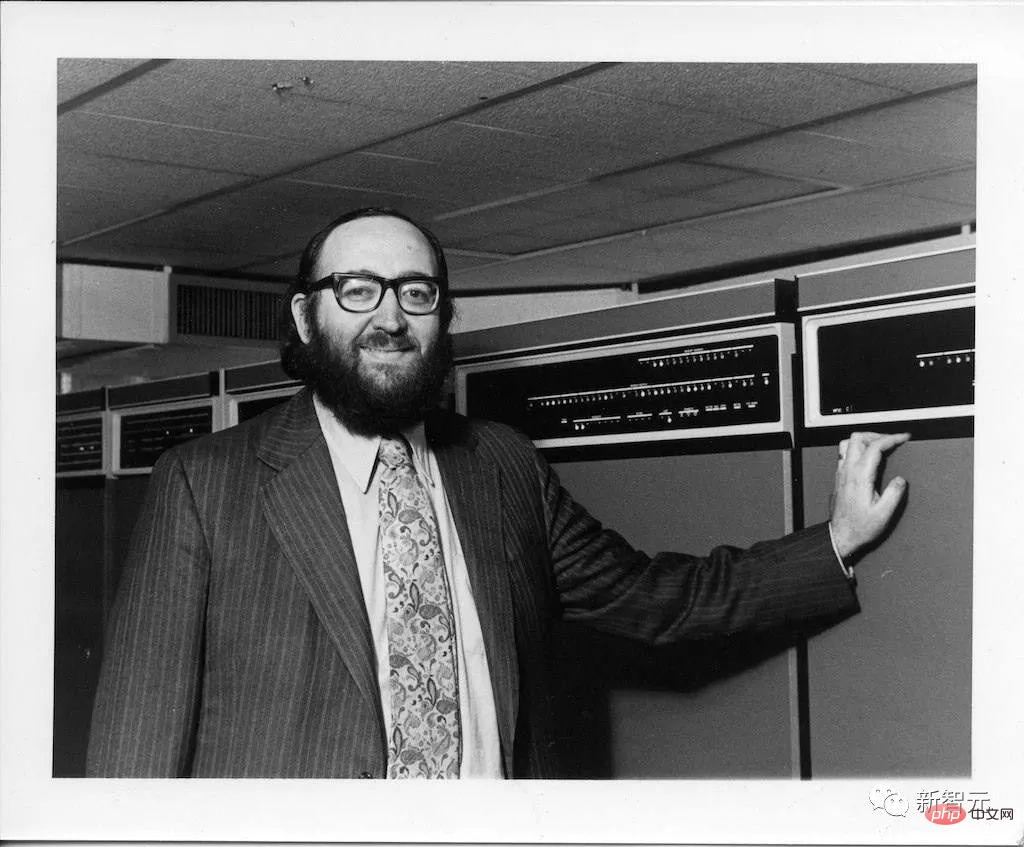
Macsyma enables computers to solve mathematical problems such as differential and integral expressions, manipulate matrices, and derive symbolic solutions to equations.
Macsyma is faster and more accurate than other methods. Engineering problems that would have taken six or seven months can now be solved in an hour.
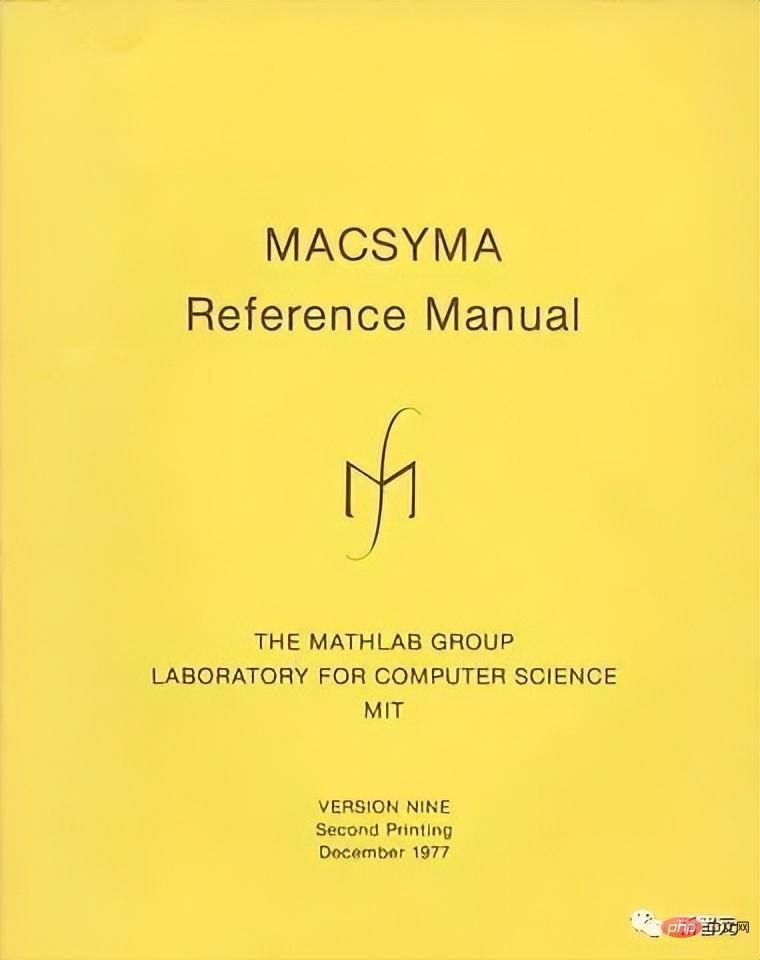
Macsyma Reference Manual written by the MIT Computer Science Laboratory (published December 1977)
Macsyma influenced subsequent Many powerful computing tools are the product of Moses' research.
In 1986, he was elected as an academician of the National Academy of Engineering (NAE) for his "pioneering work in computer symbolic algebra operations."
Gerald Jay Sussman, Professor of Engineering at Panasonic Engineering The process of arbitrary networking is actually to gain more flexibility at the cost of increasing complexity and to establish connections between more targets."
Sussman said that he first saw Moses was taking a computer programming class for high school students that he, then an undergraduate at Columbia University, taught.
Moreover, Moses’ thinking is not only applicable to computer systems, but also to companies, military organizations, and even social order.
Professor Moses has held an important administrative position at MIT for a long time. During his tenure, he continued to implement this concept, building new communication channels between disparate entities and establishing layered systems to quickly adapt to new conditions.
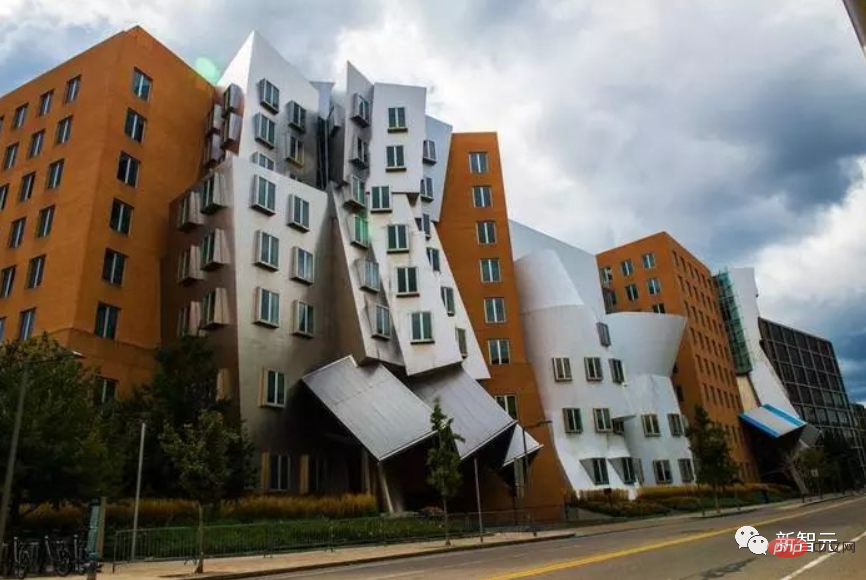
During his tenure as MIT provost, he presided over the construction of a historic program to bring electrical engineering and computer science more closely together, promote collaboration among faculty, and provide opportunities for students. Ray and Maria Stata Center. This building has become one of MIT's landmark buildings with its creative appearance.
At the center's groundbreaking ceremony in 2001, Moses was honored for his efforts in making the building a reality.
As dean of MIT’s School of Engineering, he initiated a long-term plan to incorporate social science and management concepts into engineering curricula. He also oversaw the creation of MIT's first five-year joint master's degree program in engineering.
Moses was born in Palestine in 1941. His parents, both Jewish, had just escaped Nazi Germany two years before he was born and experienced a harrowing journey.
From an early age, Moses showed an interest in mathematics. When the teacher was away, he graded homework for his fourth-grade math class. In 1954, he immigrated to New York with his family from newly established Israel.
Moses entered Columbia University and chose mathematics. As a master's student at Columbia University, he first realized that computers could be used to solve mathematical problems, which laid the foundation for his later research.

In 1967, he received his PhD from MIT under the supervision of artificial intelligence pioneer Marvin Minsky and wrote an article on design and development Thesis on a computer program that performs "symbolic integration".
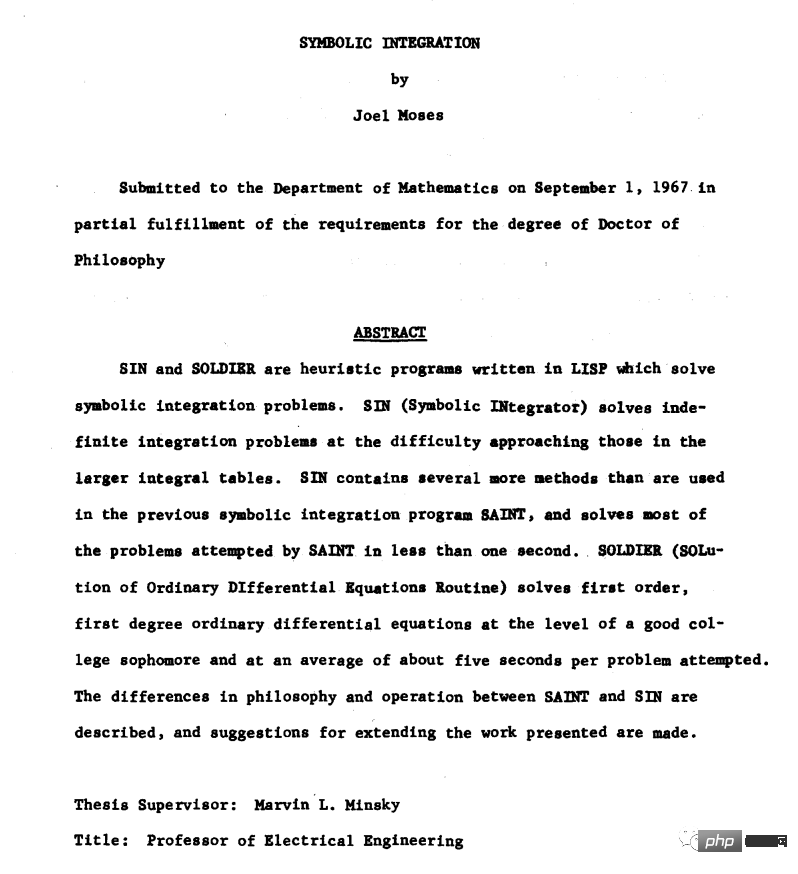
After graduating from MIT, Moses joined MIT as an assistant professor of computer science and began working on Macsyma two years later.
As one of the founding members of the MIT Artificial Intelligence Laboratory (later merged with the Computer Science Laboratory to form CSAIL), he mainly studies key algorithms that can simplify and integrate mathematical expressions.
Daniela Rus, professor of electrical engineering and computer science at MIT and director of CSAIL, said: "Joel was a beloved member of the CSAIL community. His impact on CSAIL, MIT and other schools was extraordinary. His development of Macsyma in the 1970s was the first attempt to use machines to do symbolic mathematics, and the system is still in use today. We miss him greatly."
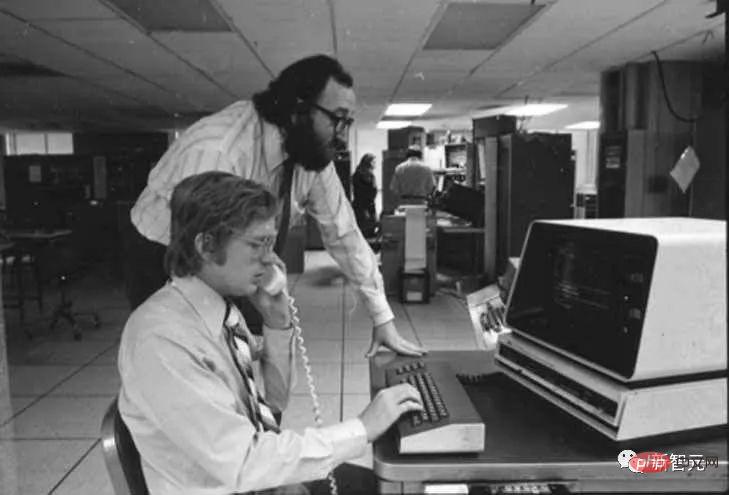
Moses joined MIT's MAC research program in 1963. This project focuses on machine-assisted cognition and multiple access to computers.
In an interview in 2014, Moses recalled that the original intention of this project was to allow more people to use computers at the same time and save costs.
"At that time, MIT's mainframe computers cost up to 3 million US dollars, which was very expensive, so you wanted to be able to be used by multiple people at the same time."
Still, administrators viewed computer studies as a passing fad rather than a serious academic discipline. So Moses believes researchers must demonstrate the value of computers, such as solving time-sharing and automated calculus problems.
"Later, people were surprised to find that a computer can do so many things like humans. We did do a lot of cool things." Moses recalled.
In the 1970s, the MAC project evolved into the MIT Computer Science Laboratory, and Moses and his team developed some basic programs that would later evolve into the operations we know today system.
Moses said, "There was a time in the 1980s when I thought majoring in computer science was a future. Of course at that time, only 10 or 15 percent of MIT's student majoring in computer science."
Today, the academic environment and job market are very different. More than one-third of MIT engineering students now major in computer science. Of course, in addition to changes in people's attitudes, the rising wages of computer graduates are also the main factors driving this trend.
Where will computer science go in the future? According to Moses, the computing field is now focused on facial recognition, speech understanding and neuroscience.
"All these things we've been saying over the past few decades are going to come to fruition, and computer science is going to get better and better," Moses said.
He also predicted that the next 50 years will be even more exciting. Computer scientists team up with neuroscientists to better understand how the human brain works.
Moses is also an avid music lover.
In 1968, he attended an MIT party after a concert at the New England Conservatory of Music and met Peggy Garvey, who sang jazz at the concert. She later became his wife.
They were married for 52 years. Music remained important to him, and in 1998, while on vacation at Columbia University, the 57-year-old Moses auditioned for the prestigious Juilliard School singing class and passed.
In 1974, Moses was appointed deputy director of the MIT Computer Science Laboratory, and in 1978 he was appointed deputy director of the Department of Electrical Engineering and Computer Science (EECS), beginning his management career. He has said that, unlike many of his faculty colleagues, he finds administrative work particularly interesting.
In 2009, he said in an interview: "(Engaging in management work) can really grasp the essence of the problem, and sometimes there will be some unexpected surprises."
In 1981, as head of the EECS department, he initiated a popular "Moses Seminar" seminar, where teachers from various colleges gathered together to discuss technical issues. He also spearheaded faculty dinners to connect colleagues in the humanities and engineering and sciences.
MIT professor Ron Rivest recalled that Moses’ calmness and humor inspired all of us. He single-handedly facilitated this faculty gathering, where we talked about everything, including colleagues. Exchanges and banter were the norm, and colleagues recall Moses as warm, friendly and always ready to share a laugh with friends and colleagues. When he was the provost, every time he had a meeting with the heads of departments, he would ask the other person to tell a joke.
Bound with China
As a computer scientist from a world-renowned university, Moses has had an indissoluble bond with China as early as the 1990s.
In 1995, MIT and Tsinghua University launched an unprecedented international initiative to engage universities and businesses in promoting economic growth while protecting the environment in the 21st century.
The two sides held a joint meeting at the Great Hall of the People in July of that year. As MIT Provost and Chief Academic Officer Joel Moses said, “Between improving the welfare of poorer countries on the planet and protecting the global environment, it is difficult to maximize the two goals at the same time. For scientists and engineers, this is A unique challenge. We are happy to accept this challenge."
Wang Dazhong, then president of Tsinghua University, said: "Sustainable development and the environment are the most important issues we face in the next century. The problem is not only China, but also other countries in the world. Tsinghua University will actively promote cooperation with MIT and industry. I hope our cooperation can be pushed to a new level through this international conference."
The above is the detailed content of MIT computer pioneer Joel Moses dies! Teaching computers to do calculus 50 years ago. For more information, please follow other related articles on the PHP Chinese website!
 Computer Languages
Computer Languages
 Computer application areas
Computer application areas
 What is the encoding used inside a computer to process data and instructions?
What is the encoding used inside a computer to process data and instructions?
 The main reason why computers use binary
The main reason why computers use binary
 What are the main characteristics of computers?
What are the main characteristics of computers?
 What are the basic components of a computer?
What are the basic components of a computer?
 What keys do arrows refer to in computers?
What keys do arrows refer to in computers?
 How to recover browser history on computer
How to recover browser history on computer




